The twin sister ST series of 3NH TS series is launched grandly, inherits the core technology of large-area array sensor and grating splitting in the field of color detection, and acutely analyzes the strong and weak light in 300-1100nm band. Our TS series has always been imitated, but never surpassed. TS series since its birth has been adhering to the quality first, with the purpose of quality, after years of continuous improvement, we can proudly say: ST series, let the color measurement is very accurate! In the future, 3nh will continue to practice the mission of "specialized and innovation" enterprise and high-tech enterprise, overcome difficulties and continue to innovate on the road of testing instruments, so that our partners can have a wonderful high accuracy and quality measurement instrument.
Spectrophotometer ST60 is a spectrophotometer developed by 3NH TS series core technology, using built-in photodiode array (double 26 groups) sensors, imported whiteboard, while taking into account the measurement speed and convenience of operation. The repeatability delta E* AB of ST60 spectrophotometer is easily controlled within 0.025, and the Inter-instrument error delta E* AB is controlled within 0.15, to make the measurement more accurate. And the test data can be used for accurate color analysis and transmission in the laboratory.
Application
Spectrophotometer ST60 is equipped with 4 kinds of measuring apertures, with wider adaptability, accurate color measurement and stable performance. It is used for accurate color measurement and quality control in plastic electronics, paint ink, textile and garment printing and dyeing, printing, ceramics and other industries, and can be used for fluorescent sample measurement.
Features
1. Large area photodiode array (dual 26 arrays) sensor
A larger area of double 26 array sensor, strong light saturation, weak light sensitivity and a wider spectrum response range, to ensure the instrument measurement speed, accuracy, stability and consistency, independent core technology, and international standards of the same platform, to achieve complete compatibility.
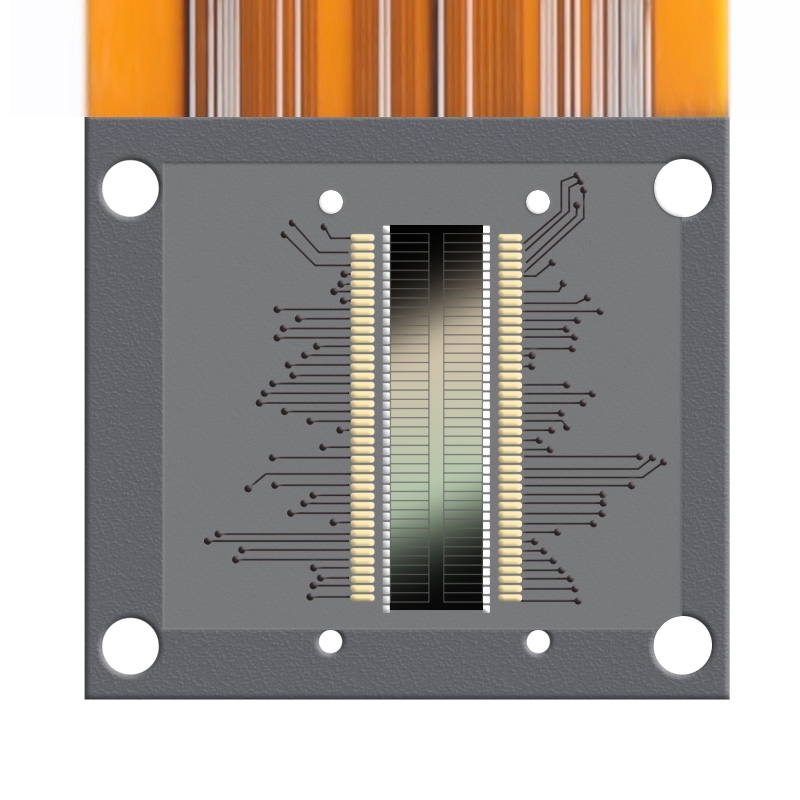
2. Adopt D/8 structure and SCI/SCE mode
Spectrophotometer ST60 uses a widely international use D/8 optical structure, SCI/SCE (Specular Component Included/Specular Component Excluded) synthesis technology, support SCI+SCE at the same time fast measurement, test time about 1.5 seconds.
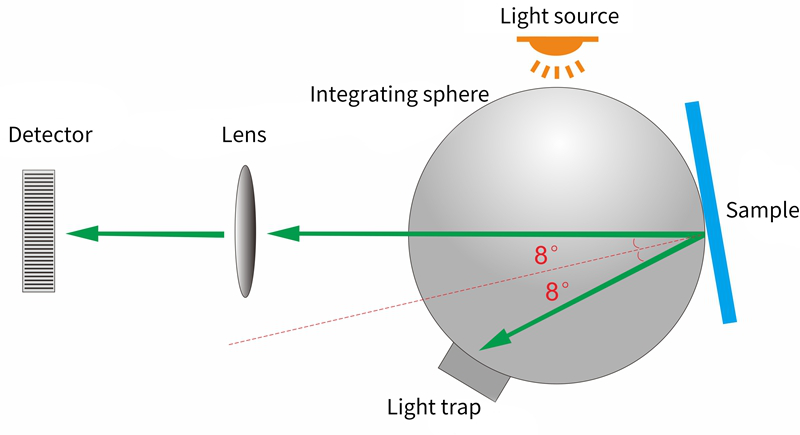
3. Combination of full spectrum LED light source and UV light source
The use of 360-700nm full spectrum LED light source ensures sufficient spectral distribution in the visible light range, avoiding the spectral loss of specific bands, strong light will not be saturated, weak light is more sensitive, and fluorescence samples can be easily measured.
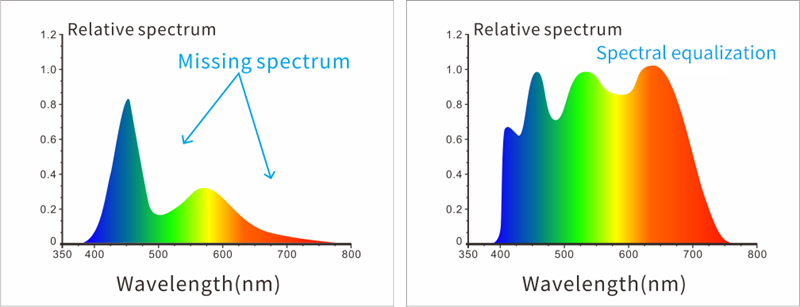
4. Equipped with four kinds of measuring apertures to meet the most samples measurement requirements
Spectrophotometer ST60 factory standard with 8mm flat aperture, 8mm tip aperture, 4mm flat aperture, 4mm tip aperture, a total of four measuring apertures, to meet the measurement needs of most special samples.
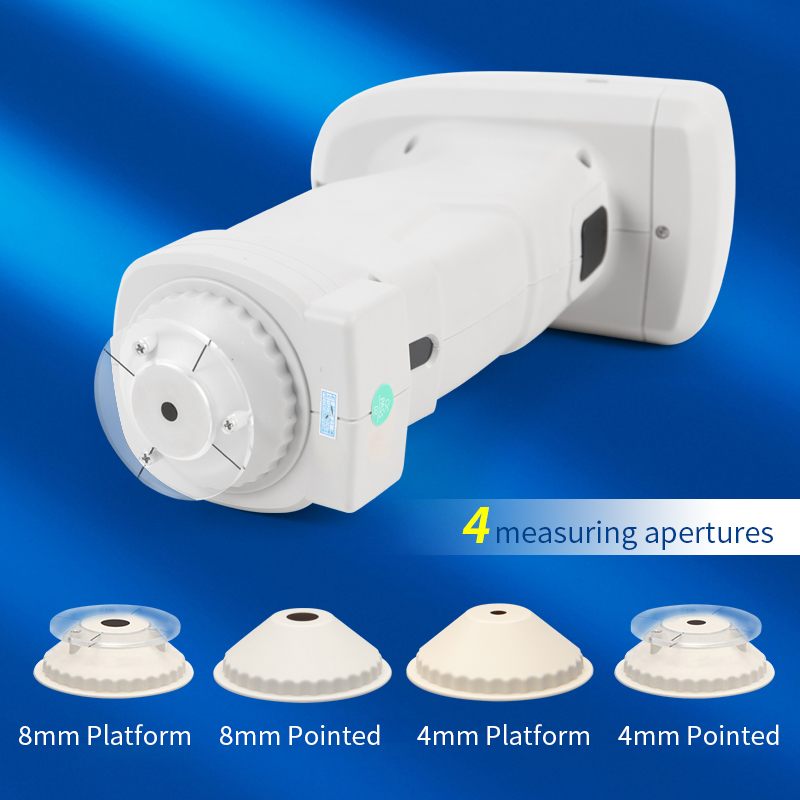
5. Camera positioning can clearly observe the measured area
The ST60 spectrophotometer has built-in camera. Through the real-time scene-taking of the camera, it can accurately determine whether the measured part of the object is the target center, which improves the measurement efficiency and accuracy.
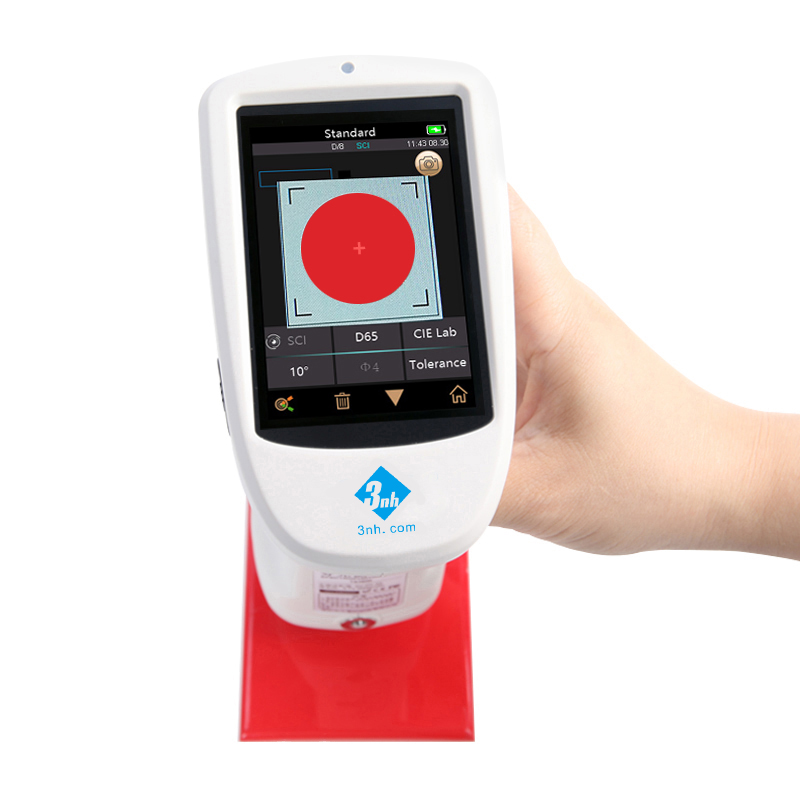
6. Non-contact automatic calibration, professional imported white board, more wear-resistant, dirty, stable
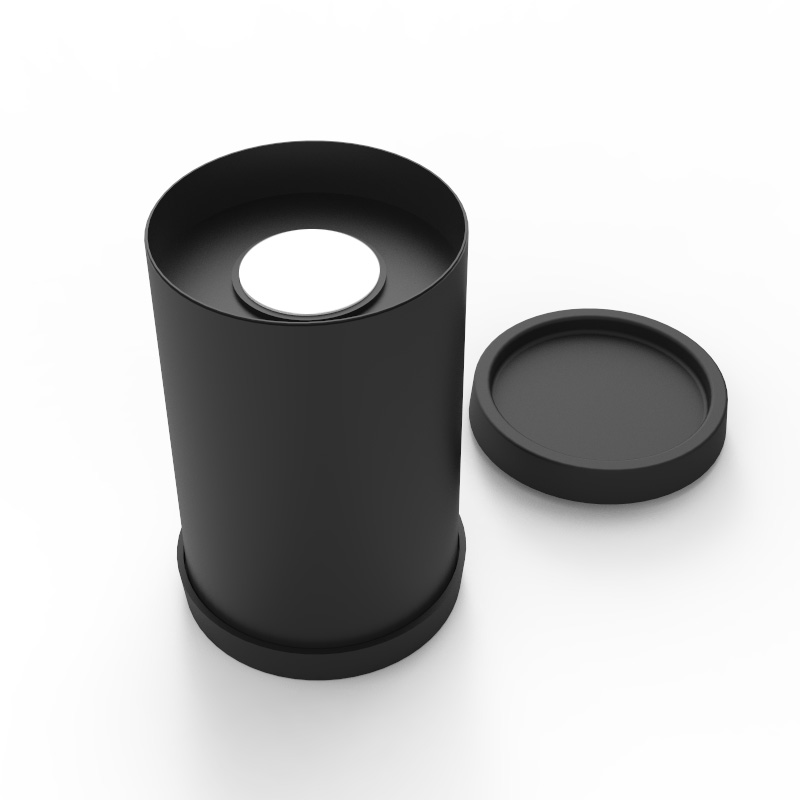
7. Place the base safely to ensure that the whiteboard is not dirty.
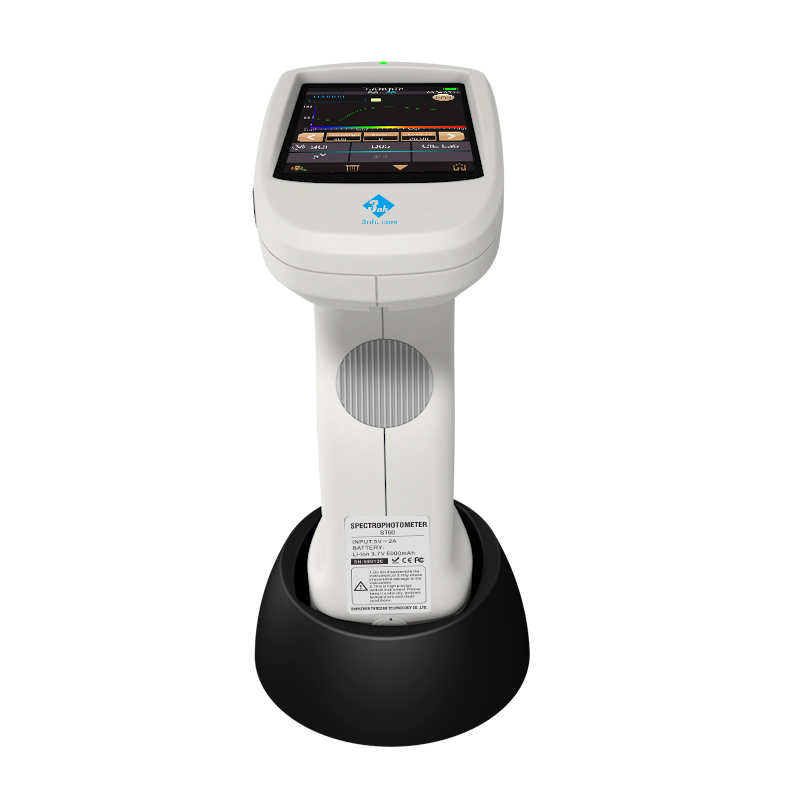
8. Offer 10 kinds of color measurement space and 41 kinds of observation light source
Offer CIE LAB,XYZ,Yxy,LCh,CIE LUV, S-RGB, HunterLab, βxy, DIN Lab99, Munsell(C/2) color spaces, and D65, A, C, D50, D55, D75, F1, F2(CWF), F3, F4, F5, F6, F7(DLF), F8, F9, F10(TPL5), F11(TL84), F12(TL83/U30), B, U35, NBF, ID50, ID65, LED-B1, LED-B2, LED-B3, LED-B4, LED-B5, LED-BH1, LED-RGB1, LED-V1, LED-V2, LED-C2, LED-C3, LED-C5. It also can be customized light source (A total of 41 kinds of light source, Partially realize through the PC software /APP software), and can meet the special measurement requirements under different measurement conditions.
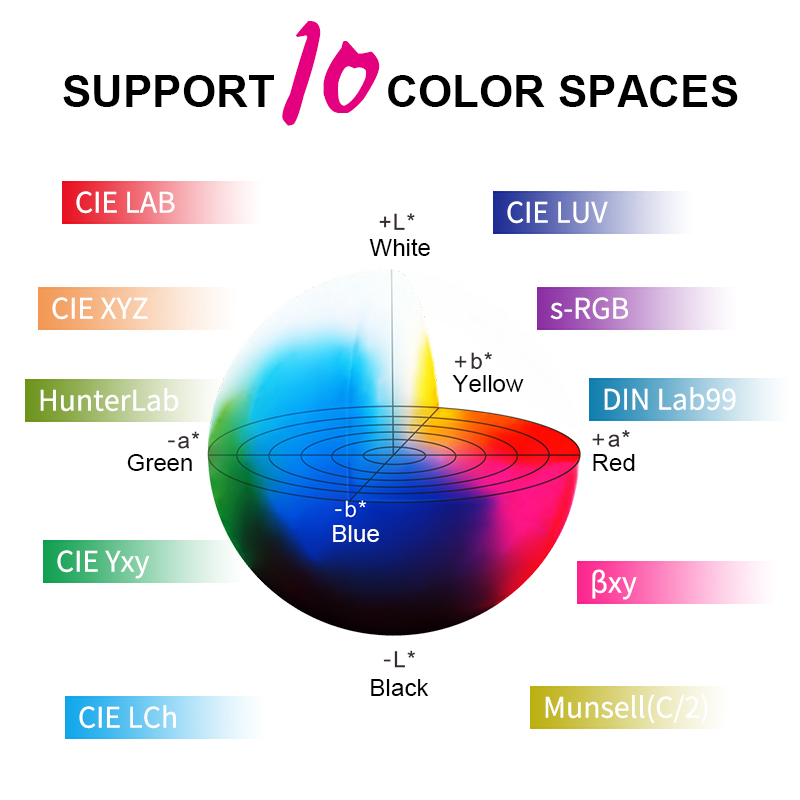
9. Many color indexes
Spectrophotometer ST60 not only provides the commonly used color measurement, but also provide spectral reflectance, WI (ASTM E313, CIE/ISO, AATCC, Hunter, TaubeBergerStensby), YI (ASTM D1925, ASTM 313), Metamerism index of Mt, Staining Fastness, Color Fastness, Color Strength, Opacity, 8 degree gloss, 555 tone classification, Carbon (My,dM), color density CMYK(A,T,E,M), Tint, Munsel chroma index (part of the function is realized by PC software).
10. Excellent instrument errors and repeatability
Ensure the consistency of measurement data of multiple equipment, to be used for color matching and accurate color transfer.
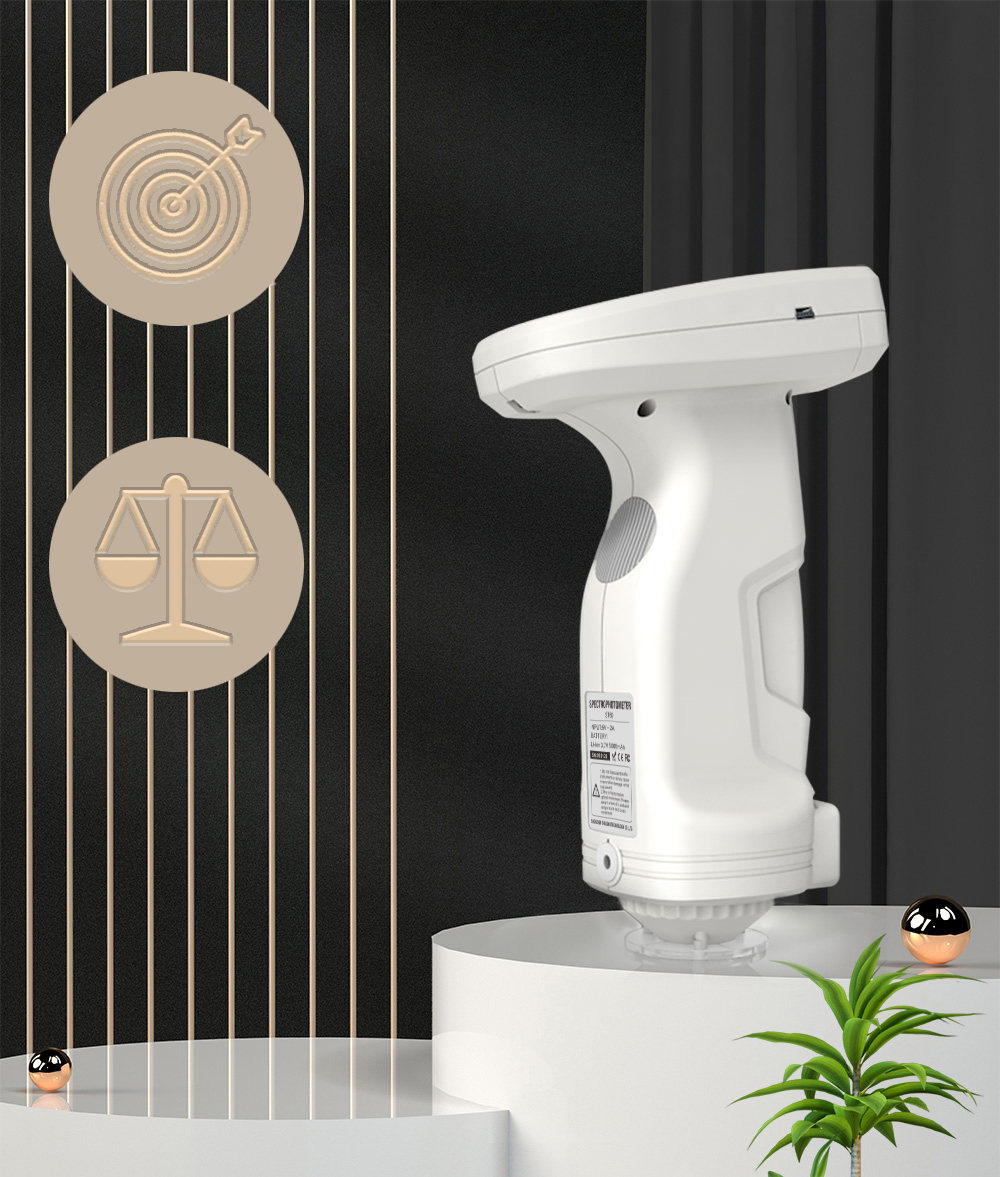
11. Support Huawei Harmony OS, Android, IOS, Wechat applets, Windows programs
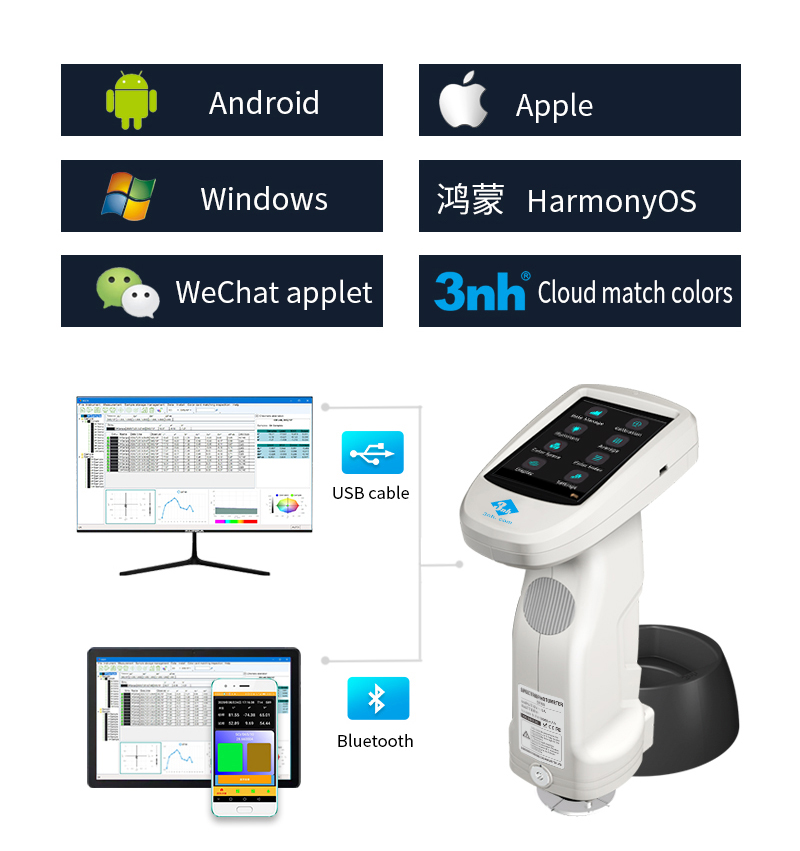
Specification
| Model | ST60 spectrophotometer |
| Optical Geometry | D/8 (diffused illumination, 8-degree viewing angle) |
| SCI (specular component included)/SCE (specular component excluded) ; Include UV / excluded UV light source | |
| Conforms to CIE No.15,GB/T 3978,GB 2893,GB/T 18833,ISO7724-1,ASTM E1164,DIN5033 Teil7 | |
| Characteristic | Adopt 3nh TS series core technology, 4 measuring apertures for accurate color analysis and transmission in laboratory |
| It is used for precise color measurement and quality control in plastic electronics, paint and ink, textile and garment printing and dyeing, printing, ceramics and other industries, and for fluorescent sample measurement. | |
| Integrating Sphere Size | Φ40mm |
| Light Source | Combined full spectrum LED light source, UV light source |
| Spectrophotometric Mode | Flat Grating |
| Sensor | Silicon photodiode array (double row 26 groups) |
| Wavelength Range | 360~700nm |
| Wavelength Interval | 10nm |
| Measured Reflectance Range | 0-200% |
| Measuring Aperture | 4 apertures: MAV:Φ8mm/Φ10mm;SAV:Φ4mm/Φ5mm; |
| Specular Component | SCI&SCE |
| Color Space | CIE LAB,XYZ,Yxy,LCh,CIE LUV,s-RGB,HunterLab,βxy,DIN Lab99,Munsell(C/2) |
| Color Difference Formula | ΔE*ab,ΔE*uv,ΔE*94,ΔE*cmc(2:1),ΔE*cmc(1:1),ΔE*00, DINΔE99,ΔE(Hunter) |
| Other Colorimetric Index | Spectral reflectance,WI(ASTM E313,CIE/ISO, AATCC, Hunter, TaubeBergerStensby), |
| YI(ASTM D1925,ASTM 313), | |
| Metamerism Index MI, | |
| Staining Fastness, Color Fastness, Color Strength, Opacity, | |
| 8° Glossiness,555 tone classification, Carbon (My,dM), color density CMYK(A,T,E,M), Tint, Munsel chroma index (part of the function is realized by PC software) | |
| Observer Angle | 2°/10° |
| Illuminant | D65,A,C,D50,D55,D75,F1,F2(CWF),F3,F4,F5,F6,F7(DLF),F8,F9,F10(TPL5),F11(TL84),F12(TL83/U30),B,U35,NBF, ID50,ID65,LED-B1,LED-B2,LED-B3,LED-B4,LED-B5,LED-BH1,LED-RGB1,LED-V1,LED-V2,LED-C2,LED-C3,LED-C5, able to customized light source (total 41 kinds of light source, Partially realize through the PC software /APP software) |
| Displayed Data | Spectrogram/Values, Samples Chromaticity Values, Color Difference Values/Graph, PASS/FAIL Result, Color simulation, Color Offset |
| Measuring Time | About 1.5s |
| Repeatability | Chromaticity value: MAV/SCI, within ΔE*ab 0.025 ( When a white calibration plate is measured 30 times at 5 second intervals after white calibration) |
| Spectral reflectance: MAV/SCI, Standard deviation within 0.08% (400 nm to 700 nm: within 0.18%) | |
| Inter-instrument Error | MAV/SCI, Within ΔE*ab 0.15 (Average for 12 BCRA Series II color tiles) |
| Display Resolution | 0.01 |
| Measurement Mode | Single Measurement, Average Measurement(2-99times) |
| Locating Method | Camera Locating,stabilizer cross position |
| Dimension | L*W*H=129X76X217mm |
| Weight | Approx 600g |
| Battery | Li-ion battery, 8800 measurements within 8 hours |
| Illuminant Life Span | 10 years, more than 1.5 million times measurements |
| Displayed Data | 3.5-inch TFT color LCD, Capacitive Touch Screen |
| Data Port | USB, Bluetooth ® 5.0 |
| Data Storage | Standard 1000 Pcs, Sample 30000 Pcs, APP/PC mass storage |
| Software Support | Andriod,IOS,Windows,Harmony OS,Wechat applets |
| Language | Simplified Chinese, English, traditional Chinese |
| Operating Environment | 0~40℃, 0~85%RH (no condensing), Altitude < 2000m |
| Storage Environment | -20~50℃, 0~85%RH (no condensing) |
| Standard Accessory | Power Adapter, USB cable, User Guide, PC Software(Download from office website), White and Black Calibration Cavity, Protective Cover, Wrist strap, 8mm flat aperture, 8mm tip aperture, 4mm flat aperture, 4mm tip aperture |
| Optional Accessory | Micro Printer, Powder Test Box |
| Notes | The specifications are subject to change without notice. |
1. When I received NH310/NH300 colorimeter and perform measurement, why the measured data is abnormal?
After receiving NH310/NH300, you have to perform white and black calibration manually when first starting.
2. In which condition, manual white and black calibration and auto calibration are required for NH310?
a. It’s needed to perform manual calibration for NH310 when first starting.
b. In the subsequent starting, NH310 will perform auto calibration at startup. No need to perform manual calibration.
c. Suggestion: it’s best to perform manual calibration once a week or when NH310 measured data is not accurate.
3. In which condition, manual white and black calibration for NH300 is required?
a. It’s needed to perform manual calibration for NH300 when first starting.
b. In the subsequent starting, no need to perform manual calibration.
c. Suggestion: it’s best to perform manual calibration once a week or when NH300 measured data is not accurate.
4. How to replace NH310 measuring aperture?
There are three measuring apertures for NH310: Φ8mm (standard accessory), Φ4mm (standard accessory), extended Φ8mm (optional accessory)
a. Turning on
b. Removing measuring aperture, install the needed measuring aperture.
c. Select “Settings-Aperture Setting” in main menu to select corresponding measuring aperture.
d. After selecting aperture, the instrument will display “White and Black Calibration” interface. White and black calibration must be performed.
e. Replace completed.
5. CQCS3 (Color Quality Control System) Installation
a. Before installation, please Copy CQCS3 folder to your computer and don’t remove any files in CQCS3 folder.
b. Double-click the setup.exe to install CQCS3 software.
c. Then double-click Install.bat under the CQCS3\USB_Driver file to install the driver.
d. Detailed installation information please read the "Installing Software" under CQCS3 User manual.doc.
6. How to check communication port?
a. Connect colorimeter to the PC with USB cable.
b. Turn on the colorimeter to enter main menu. Select “Comm” and press “Enter” key to start communication.
c. Right click on “My Computer” on the desktop. Click “Manage” -> “Device Manager” -> “Ports”, you can see similar display as “SCI USB2Serial (COM6)”.
d. Click “Settings->Communication Parameters” in CQCS3 software interface. Select the corresponding port in “Serial Port”.
7. After completing CQCS3 installation, how to solve the problem if it display “! USB Device” or “! SCI USB2Serial (COM6)” when checking the communication port?
a. Right click “! USB Device” or “! SCI USB2Serial (COM6)”, “Update Driver” -> “Install from a list or specific location (Advanced)” -> “Next” ->“Include this location in the search” -> “Browse”, specify USB driver file path “CQCS3\USB_Driver”, click “Next”. Then it will install successfully.
b.Detailed installation information please refers to “2.2 Installing USB Driver” in Color Quality Management System User Manual.doc.
8. Notes for First Using CQCS3 Software
a. Users must specify Standard File Name, Sample File Name and Sample Database File Name when first use.
b.Standard File is use to store standard measurement data. Sample File is used to store sample measurement data. Sample Database File is used to store the measured data exported from sample records.
9. How to solve the problem when “Connection Timeout” occurred?
a. When the colorimeter is disconnected to the PC, “Connection Timeout” will occur. At the moment, you have to check whether the USB cable is well connected the colorimeter and the PC. Then you can re-plug the USB to try out.
b. After ensuring the colorimeter is connected to the PC with USB cable, turn on the colorimeter and enter the main menu. Select “Comm” and press “Enter” key to start communication.
c. Turn off CQCS3 software, and reopen it.
10. How to solve the problem when the interface display "USB Disconnect"
a. Check whether the USB cable is connected. If not, please connect it. Check whether the connection is effective. You can re-plug the USB cable to test.
b. If the USB cable is connected well but the interface still displays "USB Disconnect", please re-start the colorimeter and enter "Menu" -"Comm"to start the communication.
c. Change the USB cable or change the USB port in you PC.
11. How to solve the problem when the colorimeter cannot be turned on in the condition of battery-powered?
a. If this phenomenon occurred, it means the battery power is not enough. You need to charge the battery.
b. When charge the battery, please insert the battery to the instrument, and plug in the adapter to charge the battery. After 5 minutes, the instrument can be turned on.
c. If the instrument still cannot be turned on after charging 5 minutes, you can pull out the adapter and re-plug in to check it. Or repeat this operation.
d. If the instrument still cannot be turned on after charging 5 minutes, you can turn off the colorimeter and turn on it again to check it. Or repeat this operation.
e. If you have tried all the methods above but the colorimeter still cannot be turned on, please change the battery.